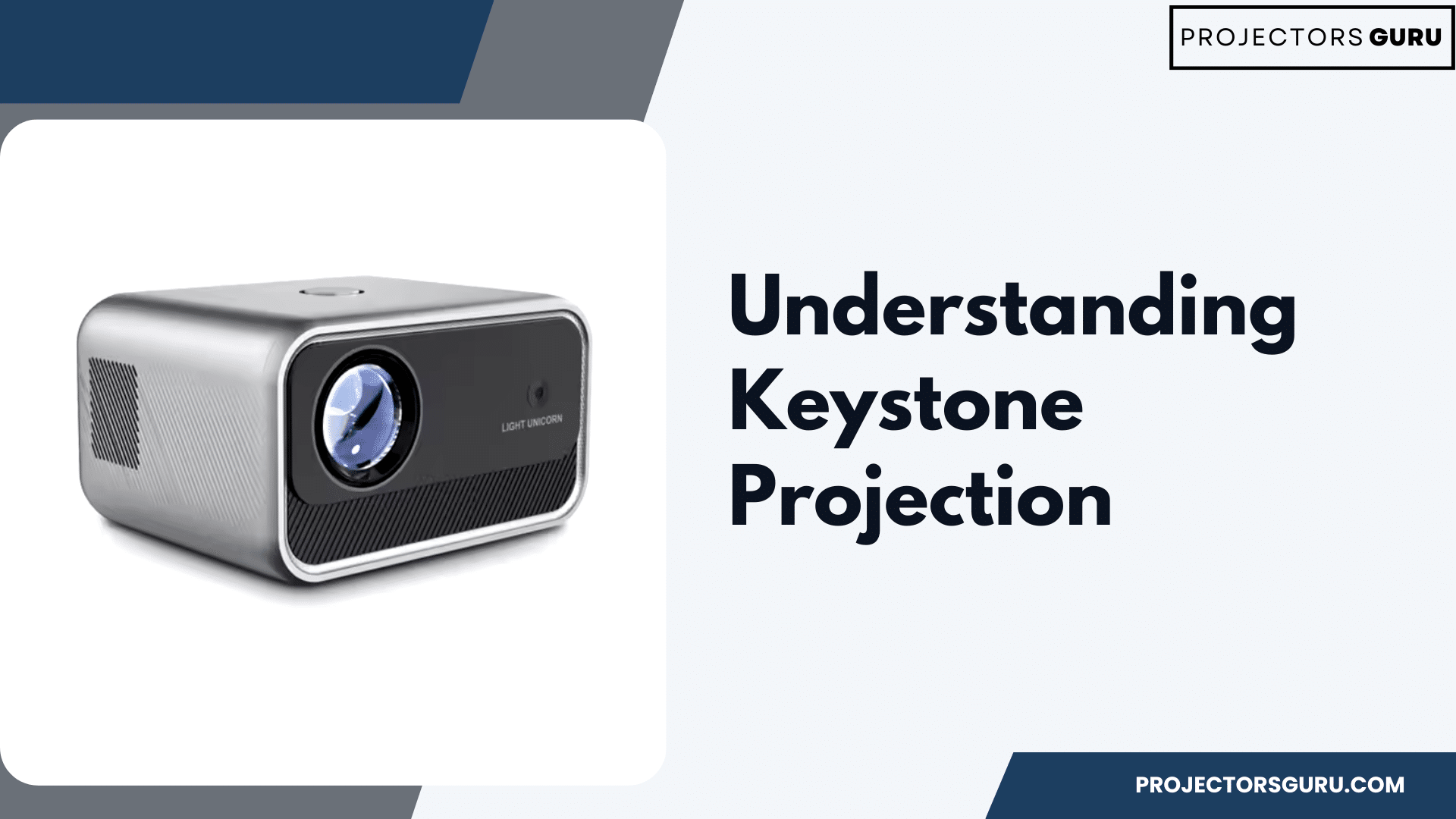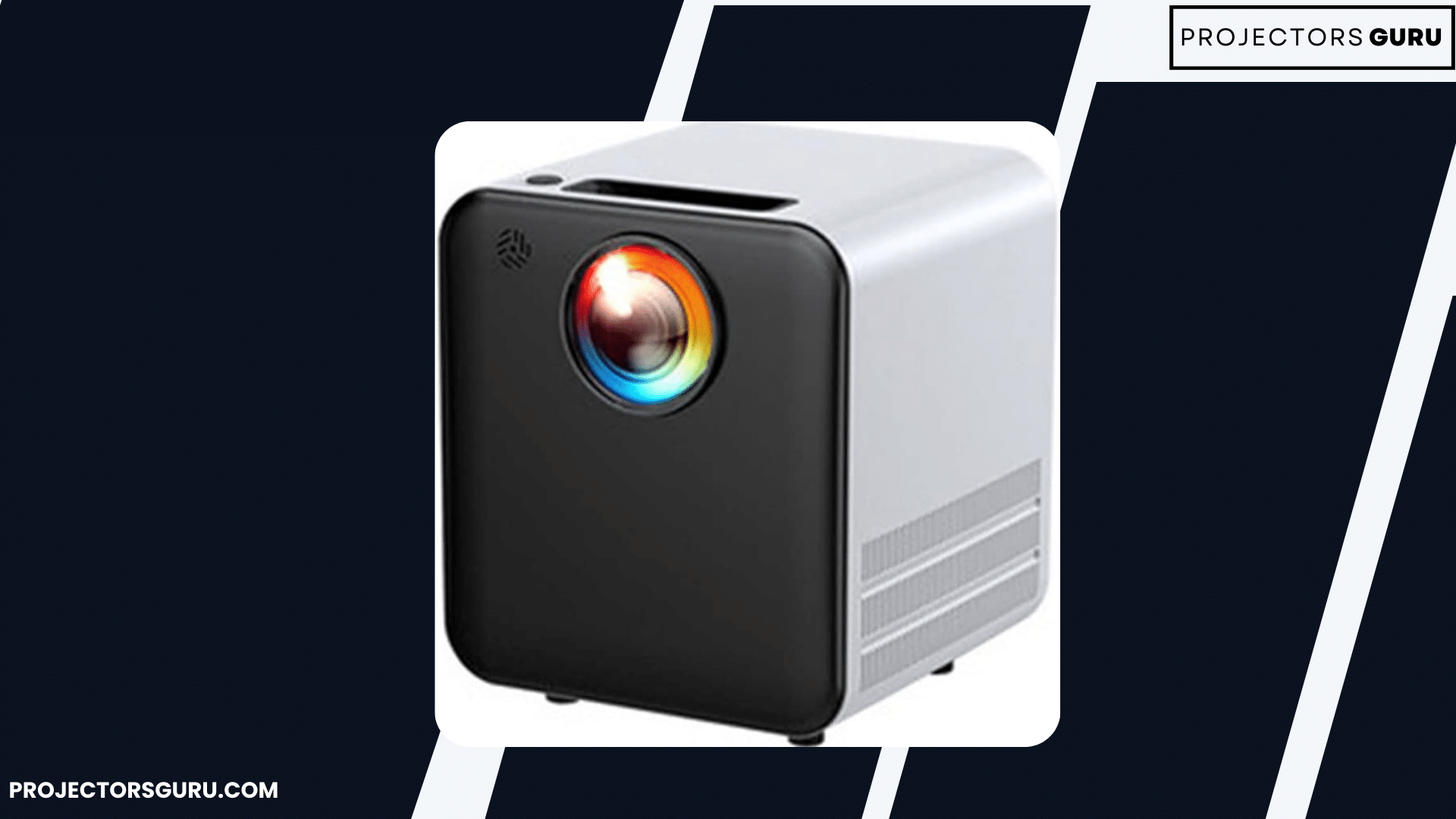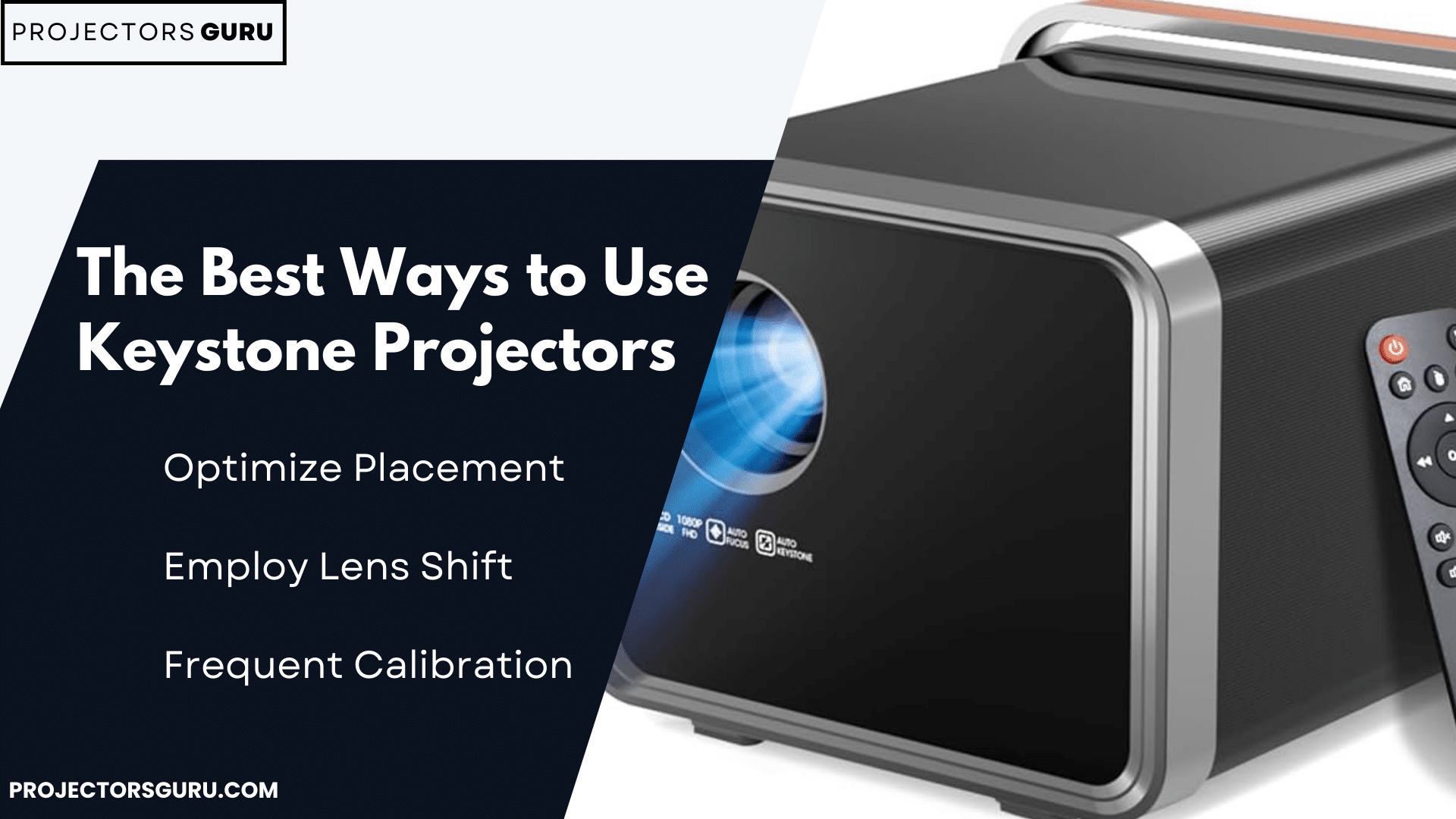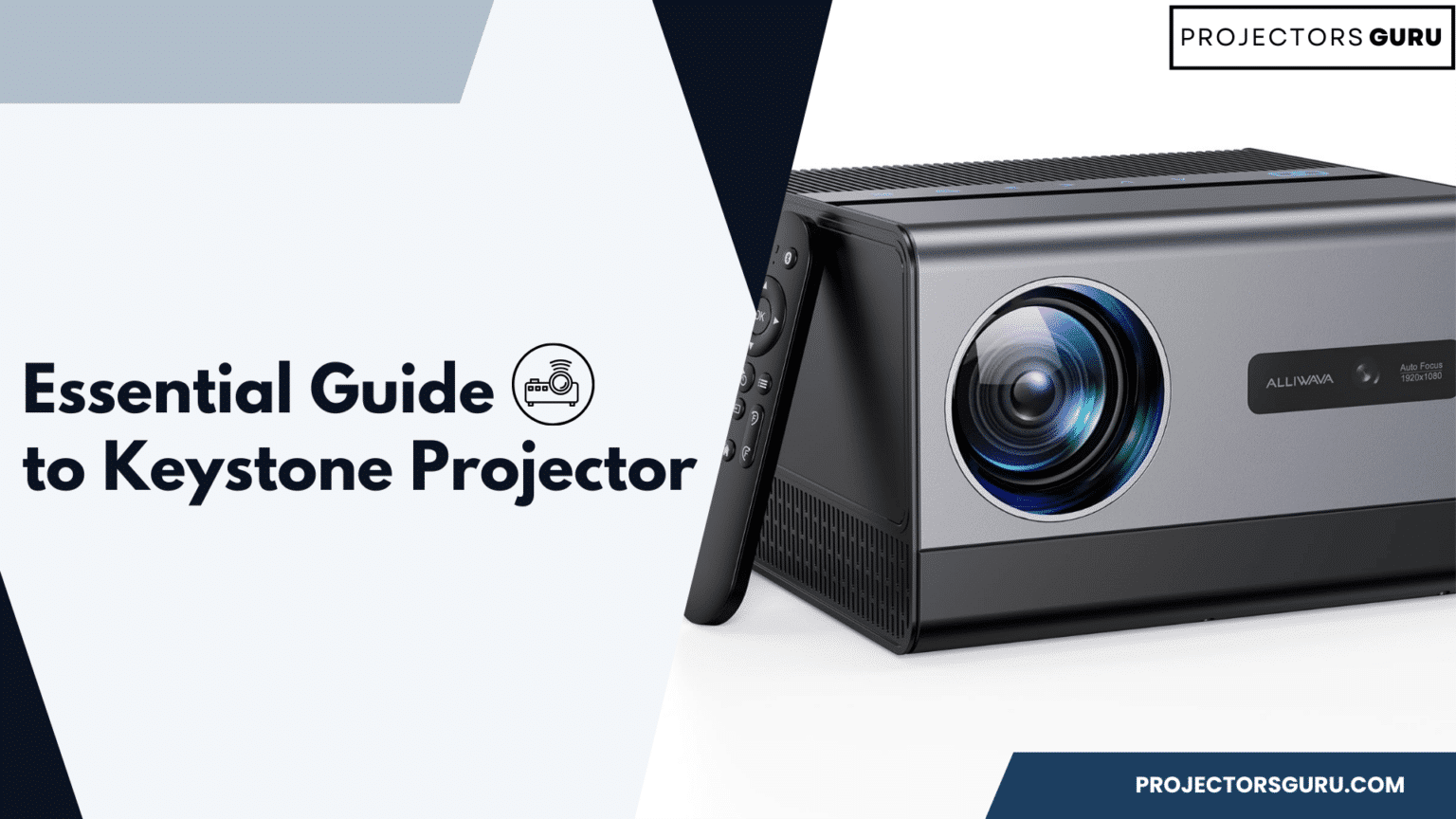Imagine turning any room into a cinema or a vibrant presentation space, with visuals so perfectly aligned they seem to jump off the wall. That’s the magic a keystone projector can offer. Whether you’re an entertainment enthusiast, a business professional, or an educator. The flexibility of a keystone projector allows you to project stunning, distortion-free images even at awkward angles. In this essential guide, we’ll dive into everything you need to know about keystone projectors—from their unique functionality and setup tips to key features that maximize image quality. Let’s explore how keystone correction can transform your viewing experience, making every presentation or movie night a visual masterpiece.
Understanding Keystone Projection

Correcting the keystone effect. A type of visual distortion that happens when a projector is not positioned perpendicular to the screen is known as keystone projection. The image may appear distorted when the projector is oriented vertically or horizontally, making the image appear trapezoidal rather than rectangular. The keystone, the central wedge-shaped stone in an arch that is wider at the top than the bottom and resembles the warped image. Is the inspiration behind the name of this effect.
If you want to learn about ceiling mounting a projector, check out our “Ceiling Mounting Projector Guide: Expert Tips for Perfect Installation.” This comprehensive guide covers everything you need to know for a flawless setup, from choosing the right mount to achieving the perfect angle and alignment.
What is Keystone Correction?
Modifying the image to remove the keystone effect is known as keystone correction. Vertical and horizontal keystone correction are the two primary varieties of keystone correction. When a projector is inclined up or down, vertical keystone correction corrects the distortions that arise. When the projector is oriented left or right, horizontal keystone correction corrects the distortions that occur.
Digital Keystone Correction vs. Lens Shift
A common feature of contemporary projectors is digital keystone correction, which modifies the image using software. Because it uses digital pixel scaling, this method, although convenient, occasionally degrades the image quality. On the other hand, lens shift is a mechanical correction involving physically shifting the lens to fix the image without sacrificing resolution. A better way to preserve the integrity of the projected image is through lens shift.
The Operation of Keystone Correction
It can be necessary to make keystone adjustments during projector setup to ensure the image is correctly aligned. The following is a step-by-step approach to keystone adjustment:
Place the projector in the ideal location, which should be perpendicular to the screen. As a result, fewer keystone corrections are required.
Modify the Height and Angle: Modify the height and angle to reduce distortion if the projector cannot be positioned exactly perpendicular.
Employ Correction Controls for Keystone: You can change the image using the keystone correction adjustments found on most projectors. To achieve a vertical keystone, align the image’s top and bottom using the settings. The image’s sides should be adjusted for horizontal keystone.
Use Lens Shift to Fine-Tune: If your projector has this capability, use it to make small adjustments that won’t compromise the quality of the image.

Why It Matters to Project Keystone
Keystone distortion correction is essential for several reasons:
Improved Visual Experience: When keystone correction is done correctly, the audience is guaranteed to see a clear, undistorted image. Which enhances the visual experience.
Expert Demonstrations: A correctly aligned image appears more professional and is simpler for the audience to follow in business and educational contexts.
Flexibility in Projector Location: Due to keystone correction, you can put the projector in more practical spots without worrying about precise alignment.
Difficulties with the Keystone Project
Keystone projection has drawbacks despite its advantages:
Reduced Image Quality: As mentioned, digital keystone correction can affect the quality of the image. It is important to achieve a balance between image clarity and correction.
Intricate Configuration: Getting ideal alignment may take some time, particularly if moving the projector frequently is required.
The Best Ways to Use Keystone Projectors

Use these recommended measures to make sure your keystone projector is operating correctly:
Optimize Placement: Make sure the projector is always positioned as nearly perpendicular to the screen as possible.
Employ Lens Shift: If a lens shift is available, use it instead of digital correction.
Frequent Calibration: To preserve image quality, regularly check and modify the keystone settings.
Utilize tools such as Google Analytics to track and improve the efficiency of presentations and projector usage in commercial settings. This tool can assist in identifying problems with image clarity and alignment and gather data on audience interaction.
Conclusion
Keystone projection and keystone correction are necessary to provide a high-quality projected image. Your viewing or presentation experience can be much improved by knowing the keystone on a projector and how to use an effective keystone correction projector. Knowing how to handle variations in both the vertical and horizontal planes. Also the lens shifts can help you maintain a crisp, professional-looking image. For optimal effects, employ lens shift. Apply digital keystone correction sparingly, and always attempt to position your projector perpendicular to the screen. These tips will help you get past the difficulties caused by projector keystoning and consistently get an adequately aligned rectangular image.




